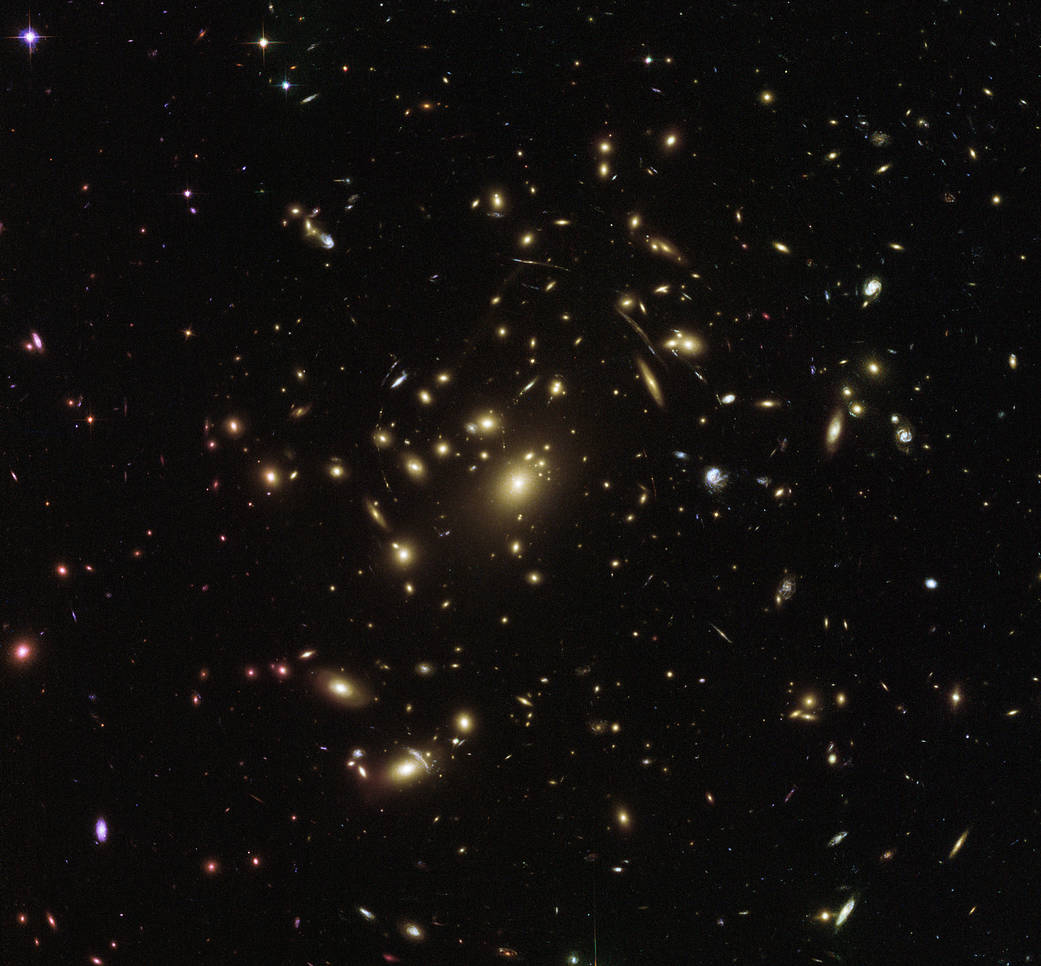It’s space fun time! Today we invite you to take part in our Space-themed Scavenger Hunt! You will need to answer the questions, collect the clues and use them to answer the final question! Good luck!
Some of the questions might be tricky. If you don’t know an answer, just look it up! The aim of the activity is to have fun and, hopefully, to learn a thing or two about space.
Although we call it a “scavenger hunt for grown-ups”, children are more than welcome to join the game.
Are you ready?
STEP I: Answer the questions
- 🌒 What is the name of NASA Program that will send the next man and the first woman to the Moon? 🚀
- Andromeda Galaxy is rushing towards the Milky Way at a whooping speed of 250 000 miles per hour. What do astronomers call the galaxy that will form when the two finally collide? 🌀🌀
- One of Hubble Space Telescope’s most famous photos, taken on April 1, 1995, is called “The pillars of Creation”. What nebula is in that photo? 🔭
- How far away from us 🌏 is the supermassive black hole Sagittarius A*? ♐ Round the answer up to a thousand (Hint: it sits in the centre of our Galaxy).
- What is the name of the instrument that helped to discover a new elementary particle, the Higgs boson, back in 2012? ꩜꩜
- What British astronomer led the 1919 Total Solar Eclipse observations that confirmed Einstein’s theory of General Relativity? ✴
- What objects is TESS 🔭 space telescope looking for? 🪐
- On what planet a day lasts as long as a day on Earth? 🌏
- We call them “standard candles”, that is objects with known luminosity, and they help us measure distances in the Universe. By observing one of these objects in the Andromeda “Nebula”, Edwin Hubble proved that Andromeda was in fact a separate galaxy situated far away from the Milky Way. The discovery settled the dispute about whether the Milky Way contains all the stars in the Universe. What are these objects? 🌟
- What is the third biggest galaxy in our Local Group (the first two are Milky Way and Andromeda)?
- Who is currently serving as Astronomer Royal? 🔭
- This is the outermost layer of the Sun’s atmosphere. We don’t normally see it, unless with a special instrument or during the Solar Eclipse. For the reason we do not fully understand this layer of the Sun is way hotter than its “surface”. NASA Parker Solar Probe is on it’s way to the Sun to help us better understand what is going on in that region. It is called… ✨
- What type of event is a Supernova? 🌠 a) Decay b) Eclipse c) Explosion
- These particles are force carriers for the electromagnetic force. Those created in the Sun’s core take hundreds of thousands of years to get to the surface of the Sun ⭐ and 8 minutes to reach the Earth. Every second about a half a billion of them hit your eye. What are they?
- This astronomer lived and worked in Britain. He discovered planet Uranus, several of Uranus’ moons as well as two moons of Saturn. He was the first president of the Royal Astronomical Society. 🔭 Where was he originally from?
STEP II: Write down the first letters of your answers
-For astronomers names, use the first letter of the last name
-If an answer is a compound name, such as a name of a telescopes, then use the first letter of the first word. For example, “V” for Very Large Telescope.
-For multi-choice questions, use the letter that corresponds to the correct answer
STEP III: Add up the points
Add up the points according to the list below. The result is a very important year for human space exploration. Can you tell what happened that year?
A=500, B=300, C=200, D=80, E=250, F=60, G=50, H=40, I=30, J=20, K=25, L=10, M=10, N=15, O=70, P=17, Q=4, R=20, S=0, T=1 (you may not need them all)
STEP IV: Check your answers
- Artemis
- Milkomeda
- Eagle Nebula
- 26 000 light years
- Large Hadron Collider
- Eddington
- Exoplanets
- Mars
- Cepheid Variables
- Triangulum Galaxy
- Martin Reese
- Corona
- c) Explosion
- Photons
- Germany (William Hershel)
Final answer: Year 1969, the year Apollo 11 landed on the Moon
Did you get it right? Were the questions too easy or did you need to look them up? Let us know in the comments below!
Tags: Planetarium school visits, Astronomy Talks with Wonderdome, SEN Planetarium Show

